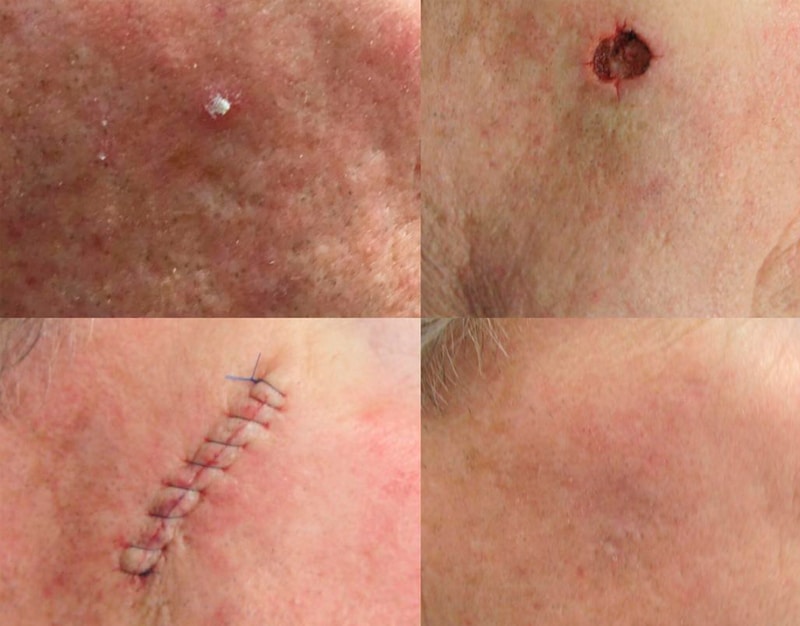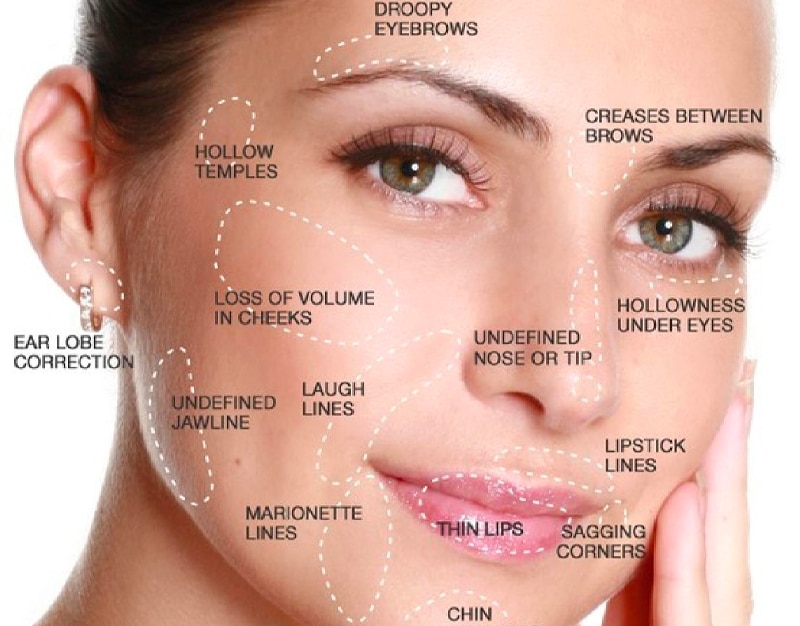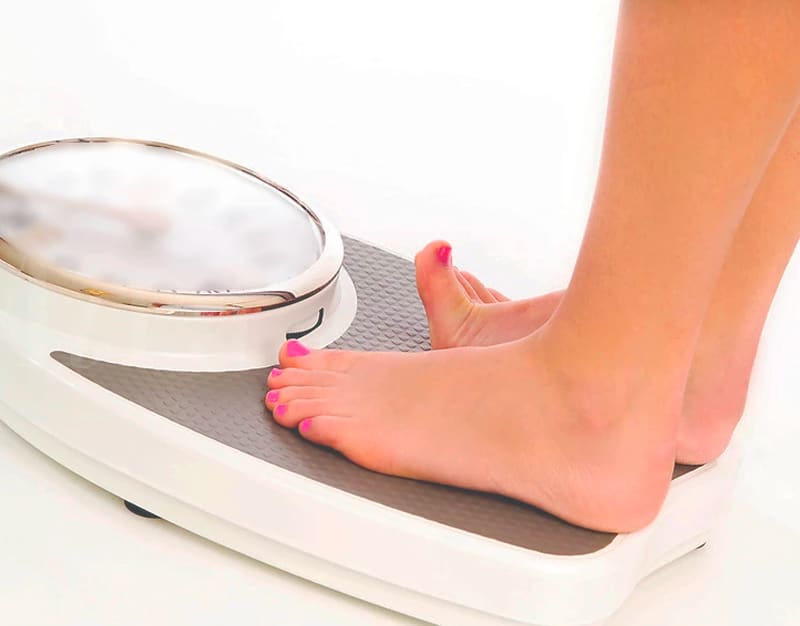You know the saying “scarred for life?” It means there’s a mark…for life. The saying applies for emotional trauma but it also applies to physical scars.
They are called scars because they will be there forever. Just like a parent or friend or therapist can approach a person’s traumatic situation to minimize scarring, so can a fellowship trained Mohs surgeon experienced in complex reconstruction approach your skin cancer removal surgery.
I tell patients it’s plastic surgery because that’s what everyone understands and it’s the truth!
Reconstruction is plastic surgery and utilizes the same surgical techniques including flaps and grafts to minimize scarring.
Myth:
- Having work done by a plastic surgeon guarantees that there will be no scar. No one can guarantee that … EVER. When done appropriately by an experienced surgeon, a skin excision or Mohs surgery can leave a well concealed or minimal scar.
- My goal is that no one can see your scar from a typical “chatting with a friend” distance. However, if your friend gets inches away from the scar, usually a thin white line can be seen. Another goal of mine is to maintain the normal contours of the face. When these are off, the scar will be more noticeable. So it’s more important to design a scar that maintains the convexities and concavities of the face without pulling up or down on any facial features like the lip or eyebrow than worrying about the length of a scar. For example, I like to design an L or Z-shaped scar to wrap around the eyebrow which prevents any eye or eyebrow distortion which would appear more noticeable than the scar!
- It’s normal for your scar to be bumpy and pink while the sutures are in place.
- It can take up to 3 months for your scar to flatten out and even longer for any pinkness to fade.
- If any blotchy redness appears around your scar while the sutures are in, this can be a sign of infection, so call your doctor!
- I will recommend little tweaks like massage, sandabrasion, or a cortisone shot after 3 months to help any areas of the scar that haven’t flattened out, but not before.
- Tell your doctor if you are prone to keloids or hypertrophic scarring.
- I offer to laser any residual pinkness away after 3 months if you would rather not wait for natural fading.
- Putting tension on the scar through exercise after surgery will make the scar stretch. Scars hate tension!
- Everyone heals differently. Some patients heal beautifully within a few months while others can have some hiccups during the healing process. I promise to be there through it all until we are both happy with the final result.




